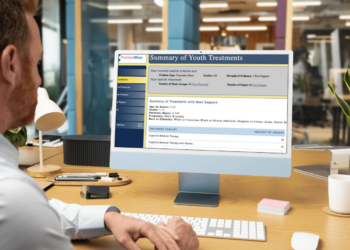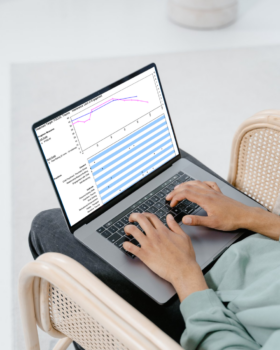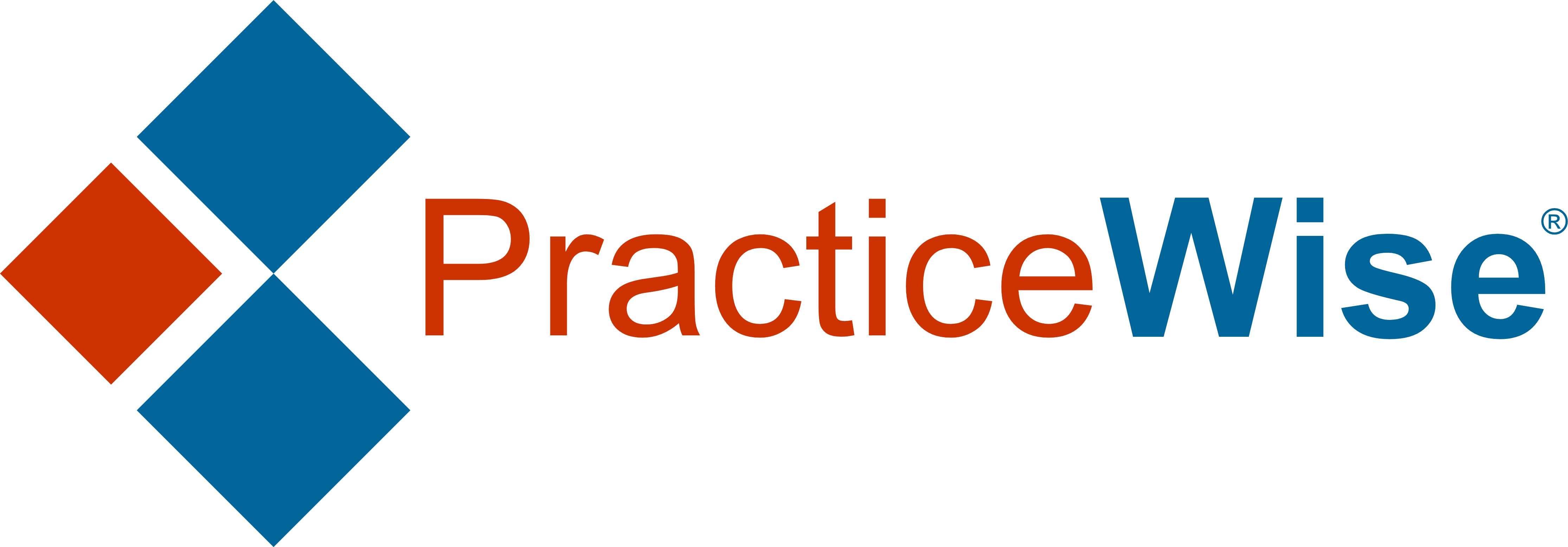Last month we explored ways that caregivers, educators, and other community helpers could support youth following a widespread traumatic event. This blog expands on the previous one by highlighting how the MAP system, a valuable PracticeWise resource, can support providers in delivering evidence-informed care for traumatic stress. MAP stands for Managing and Adapting Practice and is a tool kit that helps providers select, build, organize and implement behavioral health treatment based on the most up-to date research.
Getting Started with MAP
The MAP system has several key resources, and this blog will highlight how you can use them in trauma-focused treatment. A quick search of the PracticeWise Evidence-Based Services (PWEBS) database reveals that Cognitive Behavioral Therapy (CBT), and Eye Movement Desensitization and Reprocessing (EMDR) are two treatment programs with the highest level of scientific support for addressing traumatic stress.
 PWEBS also lists the most frequently used practices in these evidence-based treatment protocols, such as Psychoeducation, Personal Safety Skills, and Narrative.
PWEBS also lists the most frequently used practices in these evidence-based treatment protocols, such as Psychoeducation, Personal Safety Skills, and Narrative.
You may recognize the practices from previous experience with Trauma Focused Cognitive Behavior Therapy (TF-CBT) and EMDR protocols. Different from a treatment protocol, MAP offers flexibility in planning and implementing treatment for trauma. For example, you can consult the existing Treatment Pathway resource to see what the evidence base (i.e., PWEBS) suggests for sequencing these practices to treat trauma in youth. You could also develop your own with a fillable worksheet.
Using MAP to Tailor Trauma-Focused Treatment to Your Client’s Needs
Information from PWEBS and the Treatment Pathway helps plan the course of treatment for a specific youth. Using one of the MAP Process Guides (i.e., visual framework to guide decision making), the Treatment Planner, you might opt to start with Psychoeducation. In the MAP library of Practice Guides (i.e., 2-page, step-by-step instructions on how to deliver a particular strategy), you can find Psychoeducation for Traumatic Stress- Caregiver and Child versions.

These Practice Guides (PGs) can guide you in helping the family build an understanding about what causes traumatic stress, what it looks like in youth, and what strategies can be helpful. Then, you might use the Personal Safety Skills PG to guide you in helping the youth understand issues around safety and develop skills to assess risk to their safety. Next you might use the Narrative: Trauma PG to assist you in guiding the youth to construct a detailed account of their traumatic experience. By repeated telling of the narrative (i.e., exposure), the youth learns to manage and cope with anxious responses. But, perhaps, the youth is afraid of revisiting the trauma and skips several scheduled visits with you in anticipation of this exposure. In this case, you might reference another Process Guide, “the MAP,” and conceptualize engagement as an interference to your treatment plan. So, you might adapt the treatment plan to spend some time re-engaging the youth by clarifying the therapeutic process (Engagement PG), talking about how avoidance maintains unhelpful trauma responses (Psychoeducation PG), and validating that symptoms often get worse before they get better when using exposure strategies (e.g., Psychoeducation & Narrative: Trauma PGs) before circling back to use of the exposure strategy in the Narrative PG.
Tracking Progress with MAP
 You now have a treatment plan and are engaging in evidence-informed practice. But how do you know if treatment is working? MAP provides a user-friendly tool to track progress, practice, and other key events – the Clinical Dashboard. The Clinical Dashboard translates single entries of information into visual graphs across the course of treatment, making it easier to see patterns over time. For example, you may have selected to use the UCLA PTSD Index and a fear rating scale (1-10) to monitor progress; the Dashboard can help you track how symptoms change in response to specific practices, missed sessions, or interferences (e.g., life events, comorbid symptoms, etc.). In cases where the treatment plan evolves, like in the example above, the Dashboard provides valuable insights that inform clinical decisions (i.e., adaptations). It can also be shared with the youth, caregivers, teachers, and others to offer a clear picture of what’s happening in treatment.
You now have a treatment plan and are engaging in evidence-informed practice. But how do you know if treatment is working? MAP provides a user-friendly tool to track progress, practice, and other key events – the Clinical Dashboard. The Clinical Dashboard translates single entries of information into visual graphs across the course of treatment, making it easier to see patterns over time. For example, you may have selected to use the UCLA PTSD Index and a fear rating scale (1-10) to monitor progress; the Dashboard can help you track how symptoms change in response to specific practices, missed sessions, or interferences (e.g., life events, comorbid symptoms, etc.). In cases where the treatment plan evolves, like in the example above, the Dashboard provides valuable insights that inform clinical decisions (i.e., adaptations). It can also be shared with the youth, caregivers, teachers, and others to offer a clear picture of what’s happening in treatment.
Who MAP Is For
The MAP system is useful for anyone who provides behavioral health services to youth, and it can be used in a variety of behavioral health care settings, including public and private behavioral health organizations, school systems, mental health treatment centers, hospitals and clinics, military support systems, and child welfare.
Learn More About the MAP System
- Request a consultation
- Consider professional development and training opportunities
—
About the Author
Janelle Wagner Ph.D., serves on the Professional Development Team as an Associate Trainer and Senior Consultant for PracticeWise. Learn more about Dr. Wagner on the PracticeWise team page.







